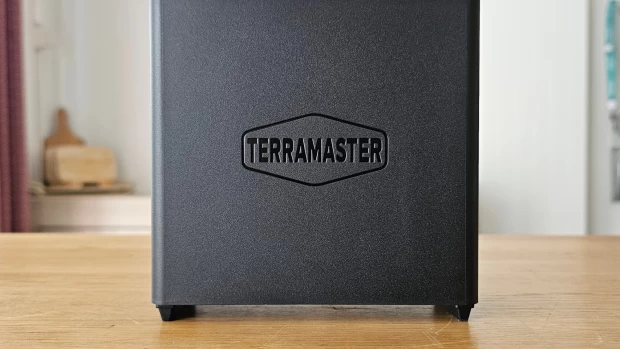Back in October 2019, Microsoft announced Distributed Application Runtime (Dapr), an open source runtime to allow developers to build microservice applications that can run on both the cloud and edge with no modifications to the code. It essentially offers a set of "building blocks" such as state management and event-driven architectures that enable publish-subscribe patterns, among many other things. These capabilities can be accessed by making calls to HTTP and gRPC APIs from any code or framework such as Python, Java, .NET, or Node.js. Now, Dapr is enterprise-ready with version 1.0.

Enterprise developers are now encouraged to build cloud-native applications and microservices using Dapr, without worrying about challenges posed by distributed architectures. This version 1.0 release comes after 14 releases since launch in October 2019, with members of the community and multiple organizations contributing to the open source project to allow compatibility with Azure, AWS, Alibaba, and Google clouds.
In terms of production rollout, Dapr applications can be deployed on Kubernetes clusters or self-hosted infrastructure, but it is expected that it will be available for serverless deployments in future releases. Early adopters for Dapr currently include optoelectronics company ZEISS, South African firm Ignition Group, and a startup called Roadwork.
The release notes for Dapr 1.0 can be viewed here, but the key highlights include support for Kubernetes as the primary production hosting environment, high performance with low latency, and enhanced security through encryption and fine-grained access control lists (ACLs). While Dapr is platform-agnostic, production SDKs are being released for Java, .NET, Python, and Go to aid in development. Other SDKs for Node.js, C++, Rust, and PHP are currently in preview mode.
The announcement blog post mentions that:
Getting Dapr to the v1.0 has been a community effort. It has been amazing to see the open source community rally around Dapr and grow since it was first announced – growing from a little over 114 contributors in October 2019 to 700 today. A growth of over six-fold in only 16 months!
[...] Contributions have not been limited to individuals, but also included organizations such as Alibaba Cloud, HashiCorp, Microsoft and the early adopters like ZEISS and Ignition Group mentioned above. The Dapr ecosystem also includes partner technology stacks that provide added value to developers who use them with Dapr. For example, New Relic has provided guidance on how their monitoring tools seamlessly work with Dapr thanks to Dapr’s use of standard tracing protocols that easily instrument your application without any code changes.
You can find out how to get started with Dapr 1.0 by heading over to the dedicated webpage here.
















